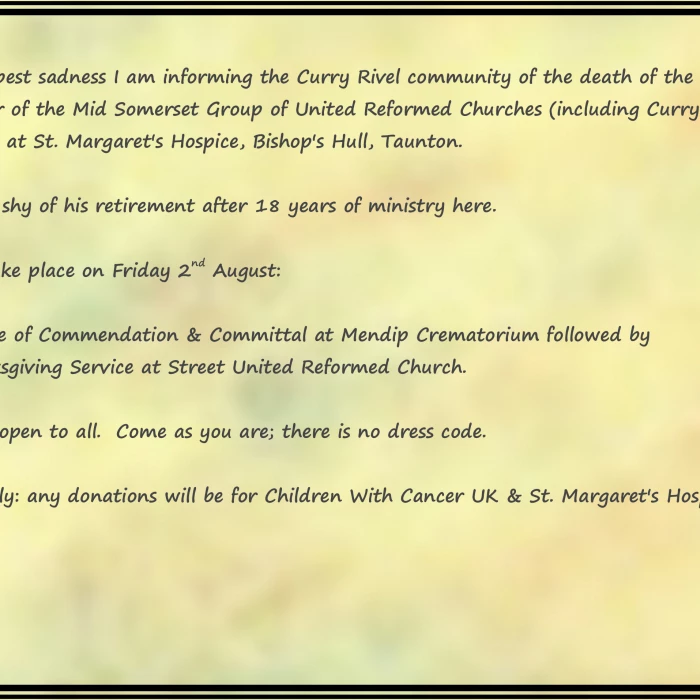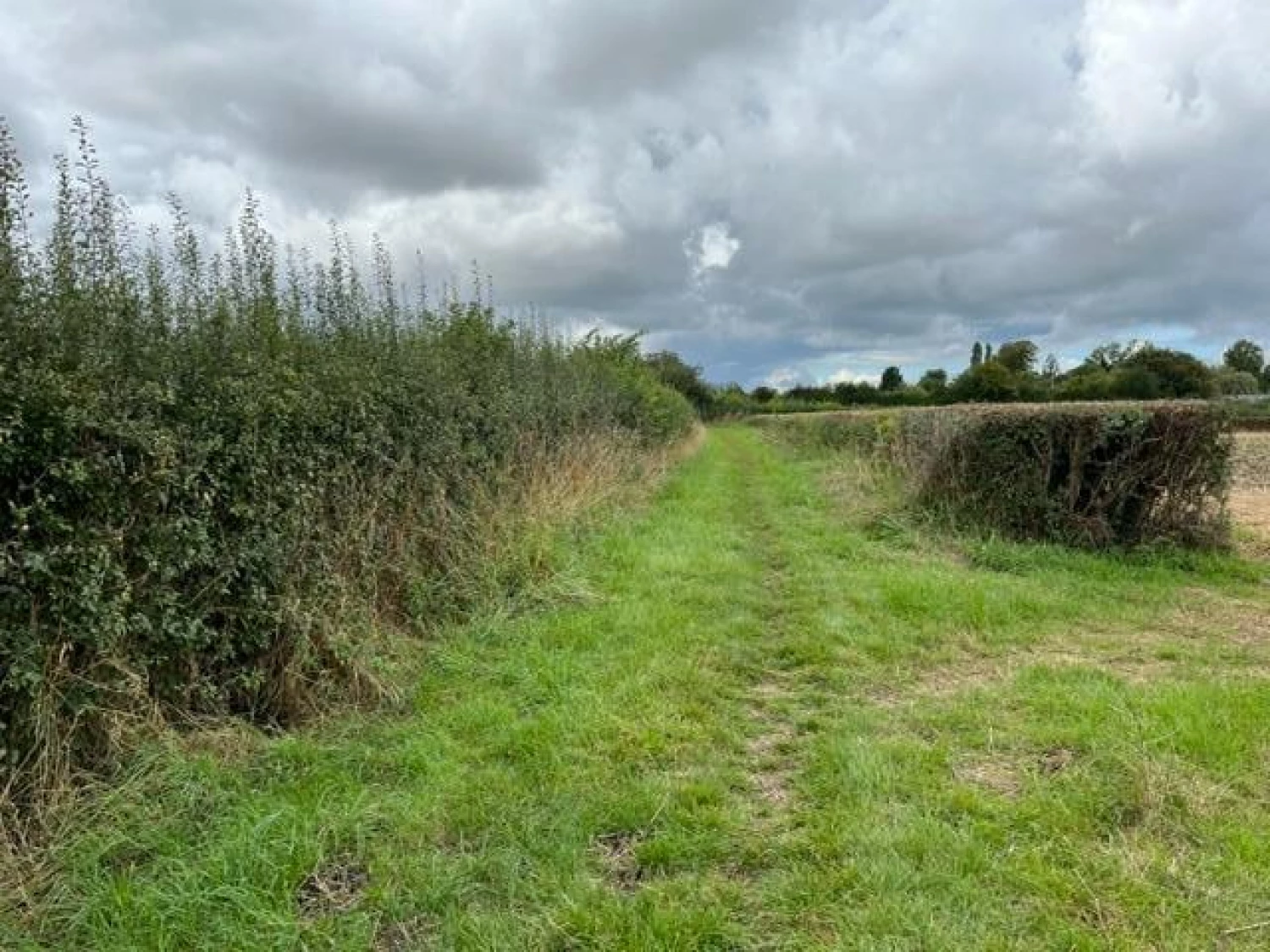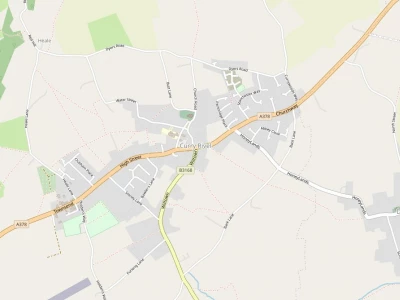Nature and Wildlife
Late Summer Wildlife and a Tale of Two Hedges
from our Nature and Wildlife Correspondent, Sally Worby
Flying High
Our swifts left in July, almost all departed from The Levels in a window of just three weeks. Swallows stay for longer, feeding over pasture and wetlands, they leave in smaller groups into late September or even October. Swifts and swallows are unrelated but both species feed on the wing, swifts depending on tiny high-flying prey while swallows take larger low-flying insects.
Swift and swallows fly huge distances when feeding and on migrations to southern Africa. Swifts fly without resting so travel quickly while swallows land to roost overnight and are often dependent on diminishing reedbeds en route and they take six or more weeks.
Swifts, swallows and martins (cousins of swallows) are declining. Swift numbers have fallen by more than half since the 1990s, swallows by 30% (research by The British Trust for Ornithology ). One of the causes is a lack of breeding sites.
Swifts nest in buildings using cavities behind roof tiles, eaves, fascia boards and soffits. Renovations and improved insulation can mean nest sites are (inadvertently) blocked or lost. Swifts pair for life and are site-faithful so they can fail to breed if their site has been demolished, renovated or the gap obstructed.
A campaign started by Hannah Bourne-Taylor – Feather Speech – urges compulsory installation of swift bricks in new houses, a fair exchange as we cover so much of the land with concrete.
A Tale of Two Hedges
A hot dry June and cool wet July (source: Met Office) placed a stress on bird nestingsuccess. In addition, our activity can exacerbate the challenges.
The Wildlife and Countryside Act forbids wilful destruction of nests and advises no hedge-cutting cutting between March and August. Sadly there have been significant and destructive examples of early hedge cutting this summer.
Wildlife dies quietly without us noticing, biodiversity loss creeps under our radar. But as garden or landowners we can improve wildlife survival: wild patches are crucial oases for wildlife and hedgerows form vital corridors for wildlife. However, the value offered depends on management.
Many Somerset hedges are cut early and low, leaving little cover and removing fruit that could have fed winter-visiting birds, as well as destroying overwintering eggs of many insects such as hairstreak butterflies.
The upcoming Wildlife Fair on Saturday 25th November in Drayton Village Hall will host numerous wildlife experts to help us understand the value of our patches and the wider Somerset Levels, how to care for it and what good is already happening.
The Fair will run from 10.00am-3.00pm in Drayton Village Hall and will host:
- Somerset Wildlife Trust
- Bumblebee Conservation
- RSPB
- Reimagining the Levels, amongst others.
There will also be stalls selling wildlife goods.
Please note the date in your calendars.
Get In Touch
CurryRivelOnline is powered by our active community.
Please send us your news and views.
Email: editor@curryrivel.org.uk






